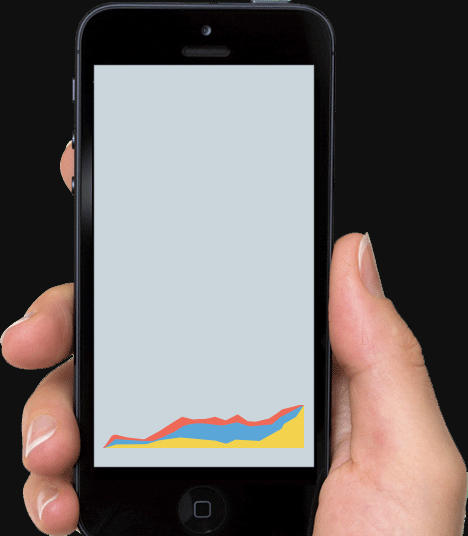Last updated on March 28th, 2024 at 10:19 am
Reading Time: 3 minutesSuccessful data teams require not just outstanding data analysis, but also a strong product and project management foundation. In this article we will tell you what should be included in a data analytics portfolio, and how here at Imarticus you can subscribe to a data analytics course with placement to obtain a data analytics certification.
 Good vs. great data scientists: create your products with impact
Good vs. great data scientists: create your products with impact
A skilled data scientist has a large learning reservoir. He knows how to design stunning dashboards. To categorize the MNIST dataset, improved NN models are built. He uses extremely complicated business algorithms that would take years to master. This is commendable, yet it is insufficient to achieve results.
A strong product and impact are required to become a successful data scientist. Products represent values that your users will appreciate. It’s a sign that your abilities had an influence on society. Finally, when you walk in for a data science interview, you must show that you can solve issues and provide value to the table.
As a result, outstanding data scientists utilize their dashboards to create prediction formulae that will halt CoronaVirus from spreading to millions of individuals. To safeguard millions of people from being hijacked, a big data scientist uses his NN model to identify phishing assaults. A big data scientist’s portfolio includes audiences, products, and impacts by definition.
What should be included in a data analytics portfolio?
There are numerous approaches to analyzing and diagnosing a client portfolio. Using 4-5 axes of analysis, which might be utilized in this manner to generate a “snapshot” of the client portfolio, is a simple and rapid technique to acquire a “snapshot.”
Customer segments are the first axis. This study will be carried out by classifying customers into categories based on their value, from highest to lowest. Basic data should be available for each client category, allowing their contribution to turnover to be easily understood. The number of clients, as well as the contribution to turnover, are examples of preliminary statistics (turnover, margin, visits, contracts, etc.). Starting with this axis allows us to adjust the offer, resource allocation, marketing, and so on. It also helps us to determine our client’s wallet share in relation to the market.
The second axis is customer status. A customer’s status indicates his or her life cycle. While segmentation gives us a “snapshot of the client portfolio,” this axis reveals how each section has evolved over time. It also helps us to evaluate client acquisition efforts, customer loyalty program performance, and so forth. In general, there are four stages in which a client can be:
- Registered: when a consumer completes their first transaction with us.
- Active: once they’ve made their first purchase.
- Sleeping: after a period of “x” months with no purchase.
- Low: After a period of “y” months without making a transaction.
The third axis is Customer Acquisition/Acquisition Reasons: Specific campaigns might stimulate a customer’s activation; the key in this axis is to understand why consumers are having their first experience (in the case of a new customer) or why they are “activated.” We will be able to determine the reasons for the growth in the value of the client base using this axis. Customer surveys, ideas, activation efforts, and customer support workers may all provide this sort of data. We may see an example of motives for acquisition-related campaigns in the diagram below.
Axis four is Non-renewal/unsubscription reasons: The reasons for churn or non-renewal allow us to determine the impact of customer non-renewal on turnover (turnover, margin, etc.). With this axis, we can see the reasons for the portfolio’s decline in value. Customer surveys, social media, and customer service workers may all provide this sort of data.
Axis 5 is Level of Recommendation: The level of recommendation allows General Management to “remain” with one number, just one, and if we have an NPS (Net Promoter Score) evaluation of the moments of truth, we will be able to identify which touchpoints have produced memorable experiences.
Conclusion
Here at Imarticus, we can offer you a data analytics course with placement to boost your career and to help you in the first steps of obtaining a data analytics certification.

